Hanoi , Ho Chi Minh City and other large cities must develop a roadmap to limit some private vehicles to reduce traffic congestion based on actual situations, the Government requires.
The Government 's action program to implement the Secretariat's directive on ensuring traffic order and safety in the new situation was issued on September 21.
Accordingly, the Government requires localities to prioritize investment in public passenger transport, especially high-volume modes. People are encouraged to switch to green means of transport in line with the roadmap to gradually limit personal vehicles in large urban areas.
The government assigned large cities, including Hanoi and Ho Chi Minh City, to regulate traffic and manage private vehicles to create space for people to walk on sidewalks, helping them easily access public transport.
Urban railway routes in Hanoi and Ho Chi Minh City need to ensure progress. Traffic routes connecting to urban railways and bus rapid transit (BRT) need to be built. A complete bus network, including small buses suitable for transit points, traffic hubs, and urban railway connections.
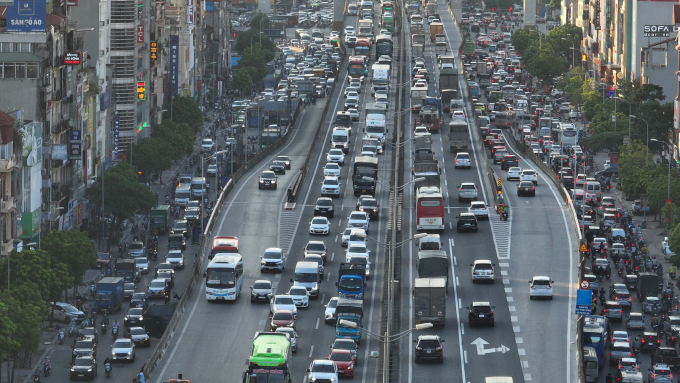
Hanoi's elevated Ring Road 3 section through Khuat Duy Tien and Nguyen Xien was congested for more than 3 km on the afternoon of August 31. Photo: Ngoc Thanh
In April 2022, the Government assigned five centrally-run cities, namely Hanoi, Hai Phong, Da Nang, Can Tho , and Ho Chi Minh City, to study and develop a project to limit motorbike use in areas suitable for infrastructure and public passenger transport capacity.
5 cities will move towards restricting or stopping motorbikes in some districts after 2030; research and develop a project to collect fees for motor vehicles entering some areas at risk of congestion and environmental pollution. This policy aims to limit the number of motor vehicles entering the area.
Previously, in December 2021, Hanoi planned to ban motorbikes in districts after 2025, 5 years earlier than planned. The city will stop motorbikes in districts inside Ring Road 3 and Truong Sa, Hoang Sa streets, and National Highway 5.
After 2030, the city will stop motorbikes in districts inside belt 4 for the area south of the Red River, and inside belt 3 for the area north of the Red River.
Hanoi currently has about 6.4 million vehicles, of which 5.6 million are motorbikes; 600,000 are cars, plus about 2 million transit vehicles.
In October 2020, the Ho Chi Minh City People's Committee approved the Project to strengthen public passenger transport combined with controlling private vehicles in the area with the goal of reducing congestion, accidents and pollution.
Motorbikes will be restricted first in the central area (districts 1, 3, 5, 10), Thu Thiem New Urban Area (Thu Duc City), Phu My Hung (district 7), then expanded to neighboring areas when conditions are met.
By 2025, motorbike-restricted areas are expected to be on some routes during rush hours such as: Truong Son (Tan Binh District); Nguyen Thi Minh Khai, section from Cach Mang Thang Tam to Dinh Tien Hoang; Vo Thi Sau section from Dinh Tien Hoang to Ton Duc Thang (District 1)...
In the 2026-2030 period, the city will continue to expand the scope of restrictions on private vehicles in District 1, while preparing plans to stop motorbikes in areas with frequent traffic jams by 2030.
By the end of 2021, Ho Chi Minh City managed more than 8.4 million vehicles, including 819,000 cars and more than 7.6 million motorbikes, with an average of 79 cars and 309 motorbikes newly registered each day.
Source link


![[Photo] T&T 1 and Ho Chi Minh City 1 People's Police Teams won the men's and women's team championships](https://vphoto.vietnam.vn/thumb/1200x675/vietnam/resource/IMAGE/2025/5/22/39db06ae67cb4001b7a556e8d9a56d07)


![[Photo] General Secretary To Lam chairs a working session with the Central Internal Affairs Commission](https://vphoto.vietnam.vn/thumb/1200x675/vietnam/resource/IMAGE/2025/5/22/3b7790f499da45b2803d8ae253207ef1)
![[Photo] Press delegation meeting to visit Truong Sa and DK1 Platform](https://vphoto.vietnam.vn/thumb/1200x675/vietnam/resource/IMAGE/2025/5/22/6b8d232877ec421a9e8187d83b9f8006)
![[Photo] Prime Minister Pham Minh Chinh chairs meeting on draft Resolution of National Assembly on International Financial Center in Vietnam](https://vphoto.vietnam.vn/thumb/1200x675/vietnam/resource/IMAGE/2025/5/22/d398664ff1a140629169ea5a24e1b4d0)


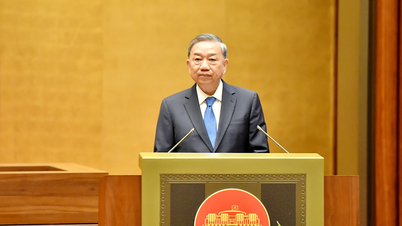

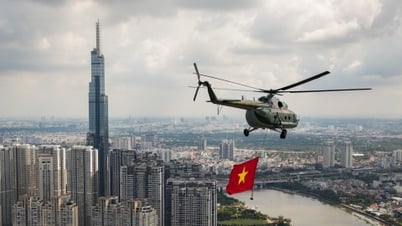

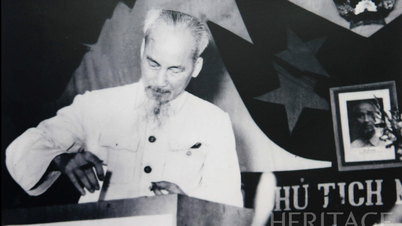


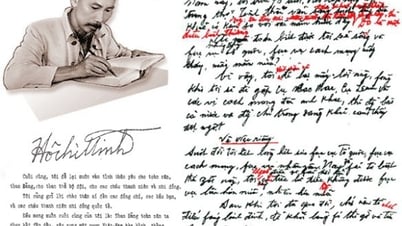


































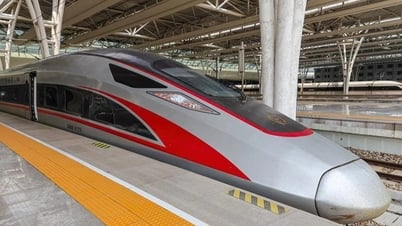
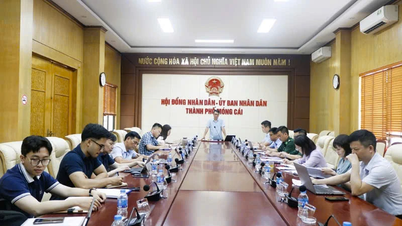



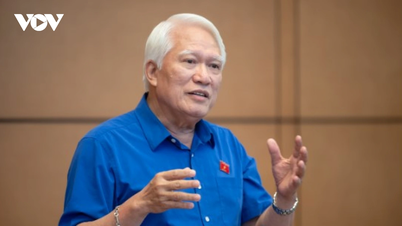







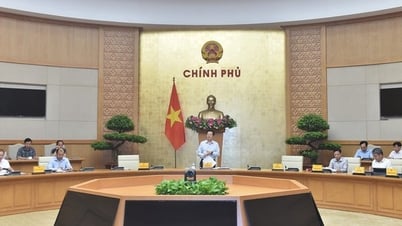
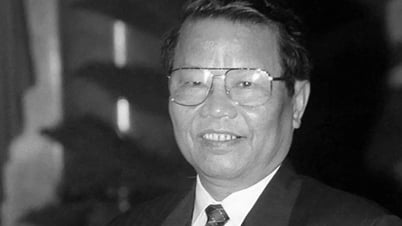






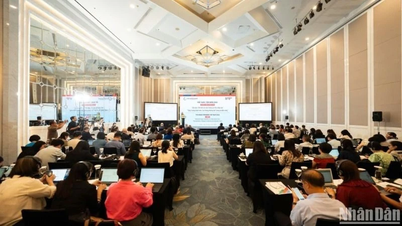





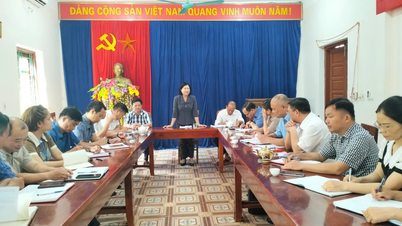









![[Podcast] Week introducing more than 500 OCOP products in Hanoi](https://vphoto.vietnam.vn/thumb/402x226/vietnam/resource/IMAGE/2025/5/22/d144aac2416744718388dbae3260e7fd)



Comment (0)